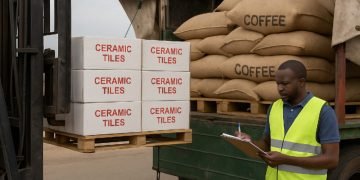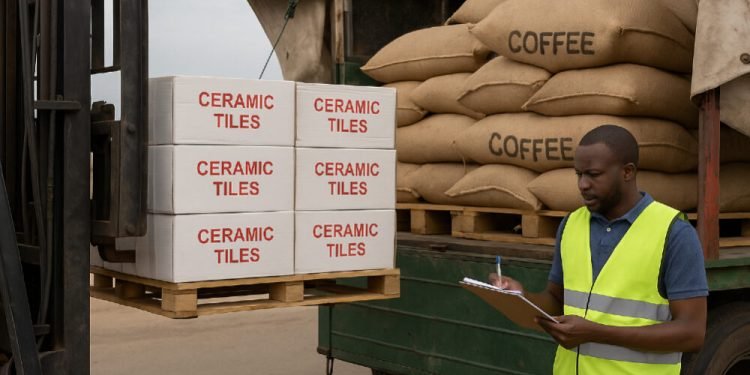By Maria Kalamatas | May 16, 2025
Tunis —
In the past, exporting through North African ports meant paperwork, patience, and a lot of time lost in transit yards. That’s starting to change—but not for everyone.
In 2025, customs systems across Morocco, Tunisia, and Egypt are undergoing a rapid digital overhaul. Mobile declarations, automated inspections, real-time cargo status—they’re no longer pilot programs. They’re becoming standard.
“We’ve reduced our border time by nearly 40%,” said a forwarder based in Tunis. “It’s made us competitive again—especially for European-bound goods.”
The reforms are part of a regional strategy to modernize trade lanes and attract investment. Faster clearance means more throughput, more reliability, and more appeal for companies shipping to and from the EU, Sub-Saharan Africa, and the Gulf.
But the benefits aren’t evenly spread.
Smaller carriers and inland exporters—especially in agriculture—say they’re struggling to meet the new digital requirements. Limited training, poor internet access, and unfamiliar interfaces have created a two-speed system: one fast, one stuck.
Some logistics firms are stepping in to fill the gap, offering managed customs services or mobile agents who travel directly to farms and warehouses to input data on behalf of the client. But the system still favors the well-connected.
Meanwhile, regional governments are pushing ahead with tech investments: blockchain tracking pilots, cloud-based port platforms, and AI-based risk filters at major entry points.
The transformation is real. The efficiency is welcome. But as with all progress in logistics, the challenge is making sure everyone can move forward—together.























